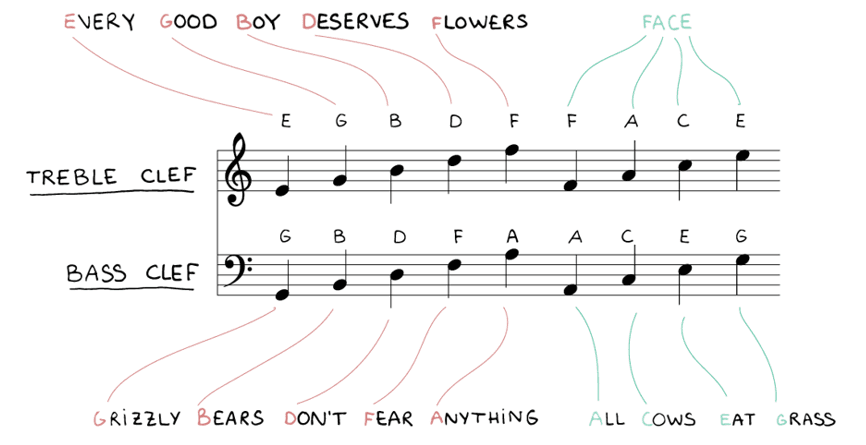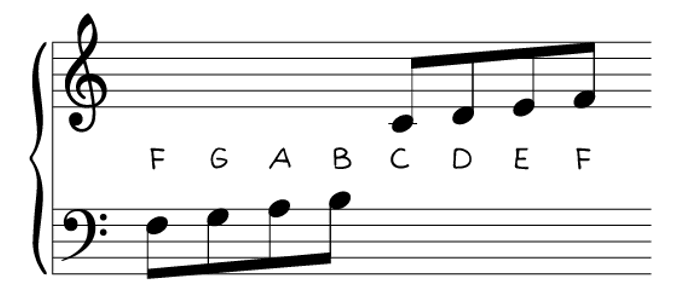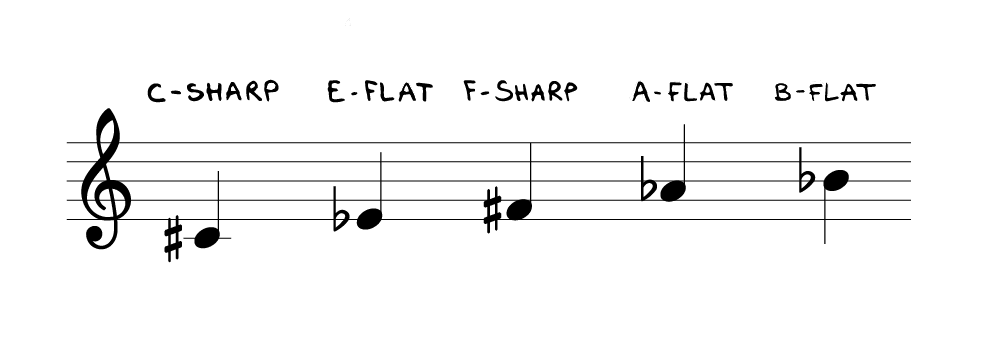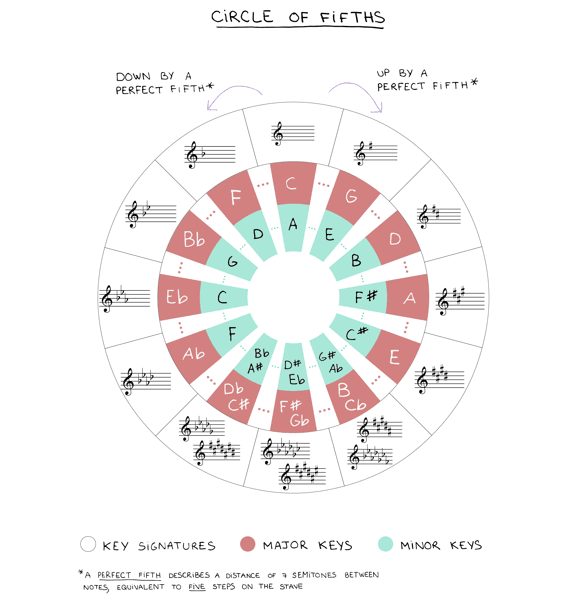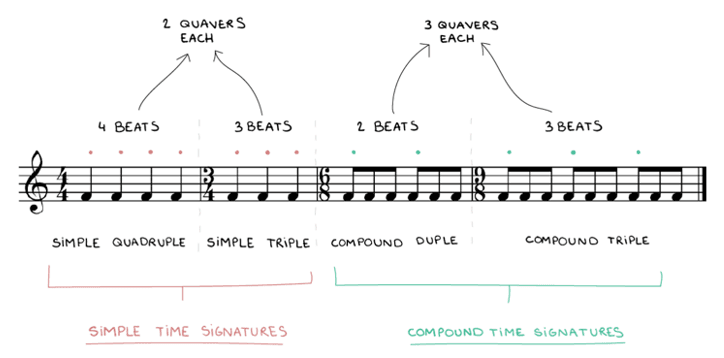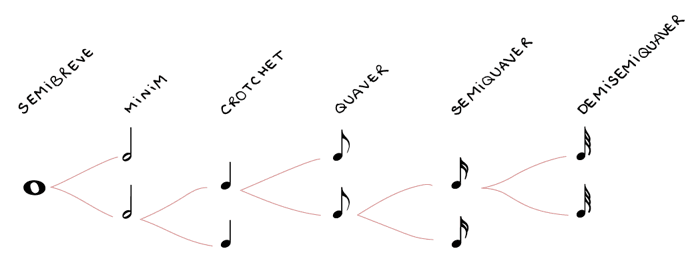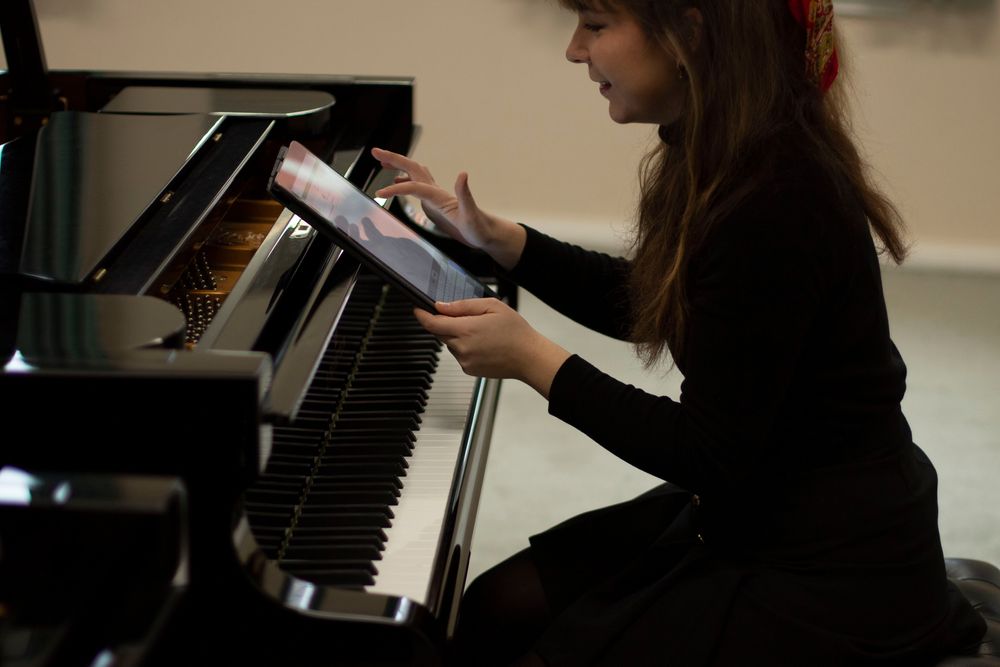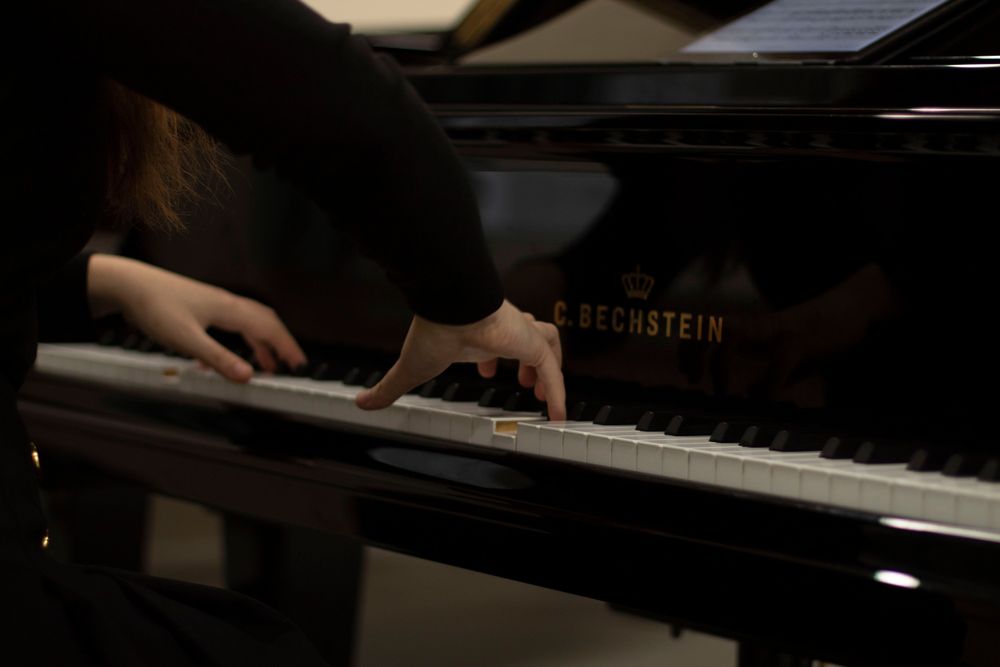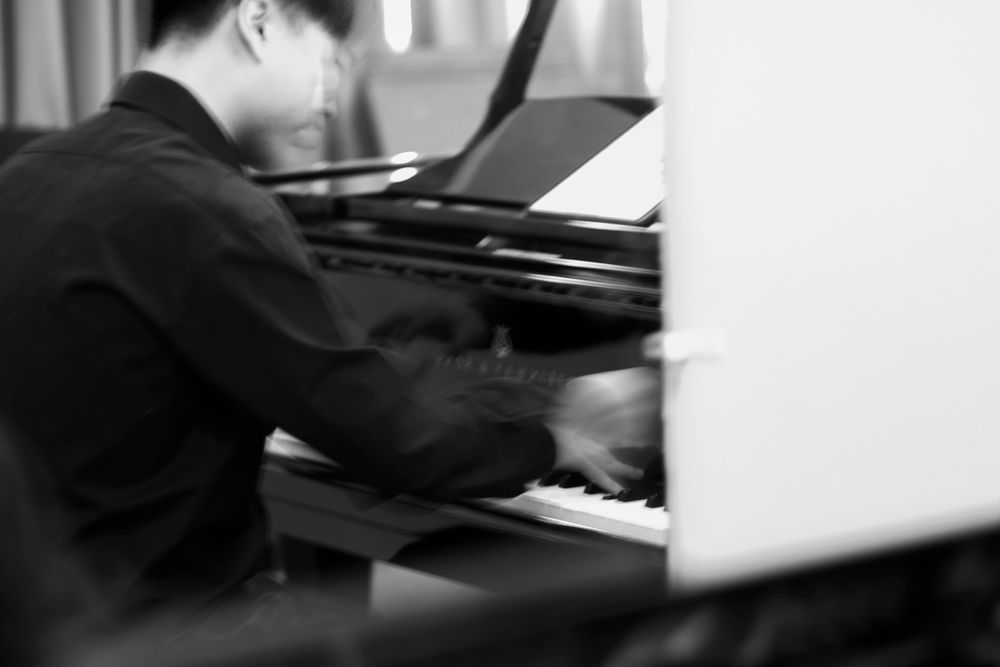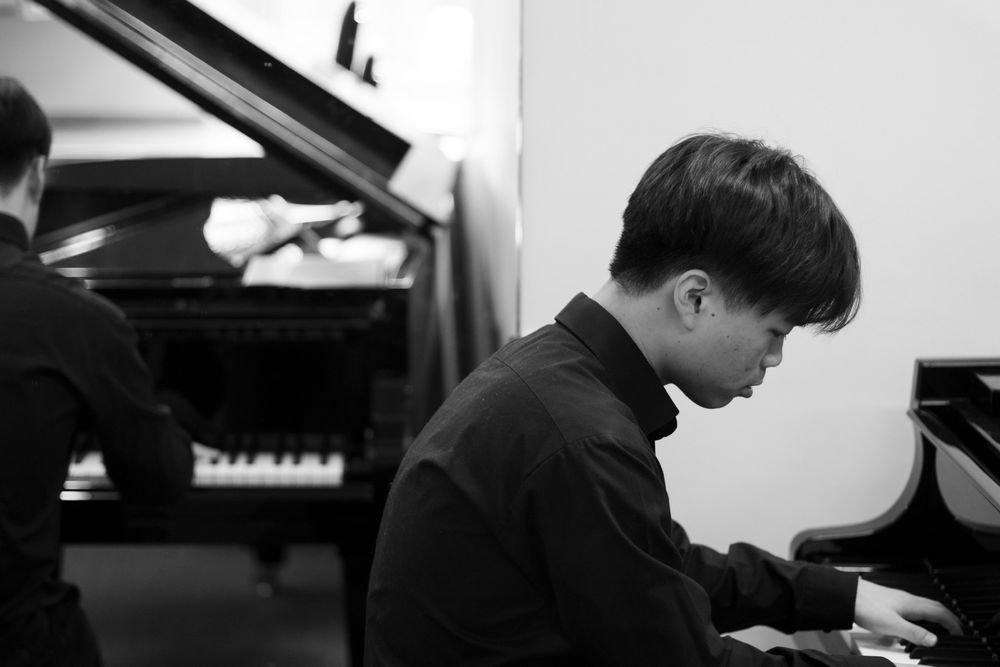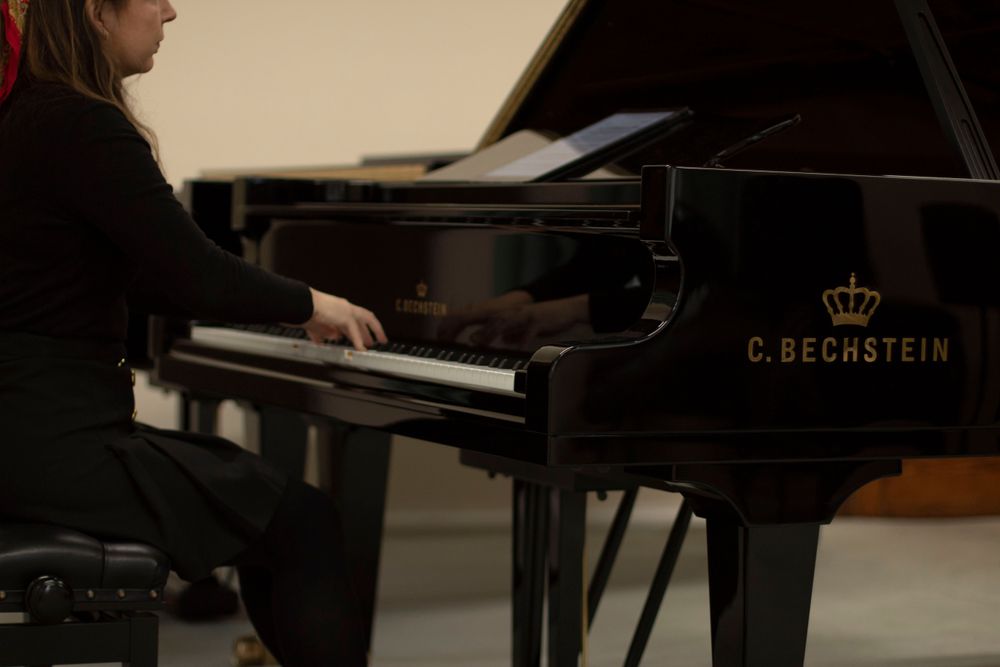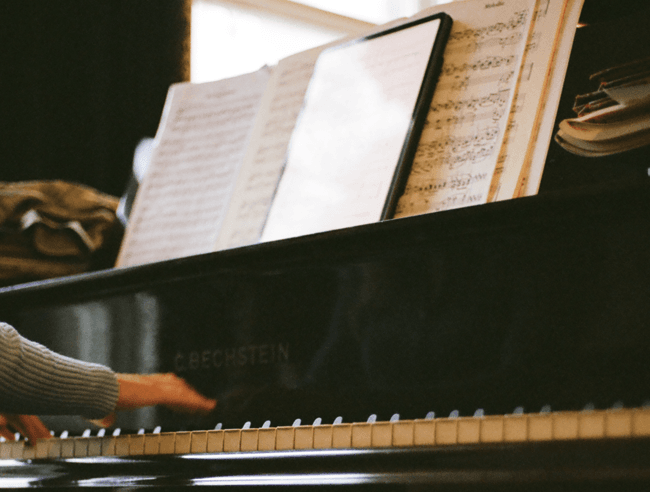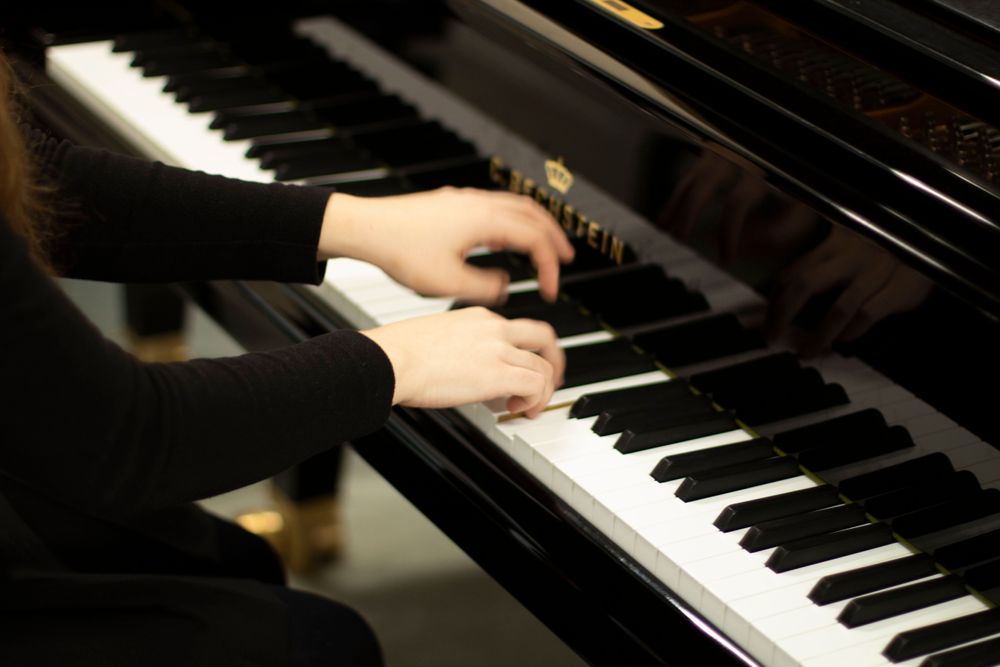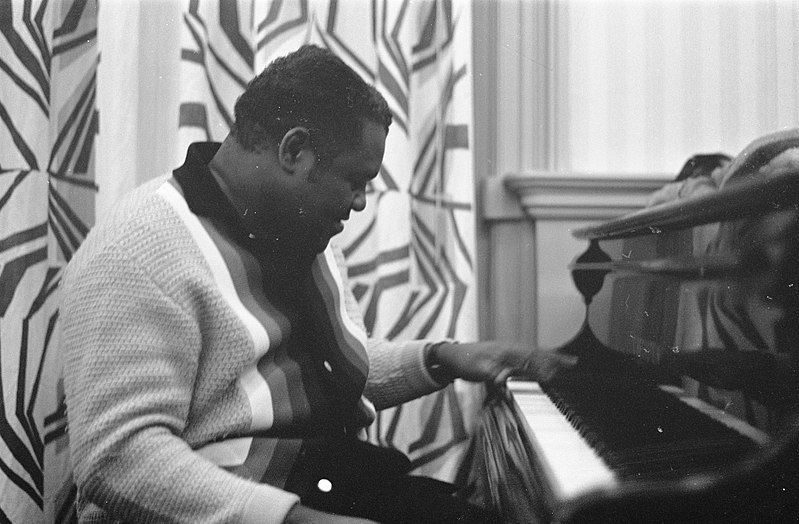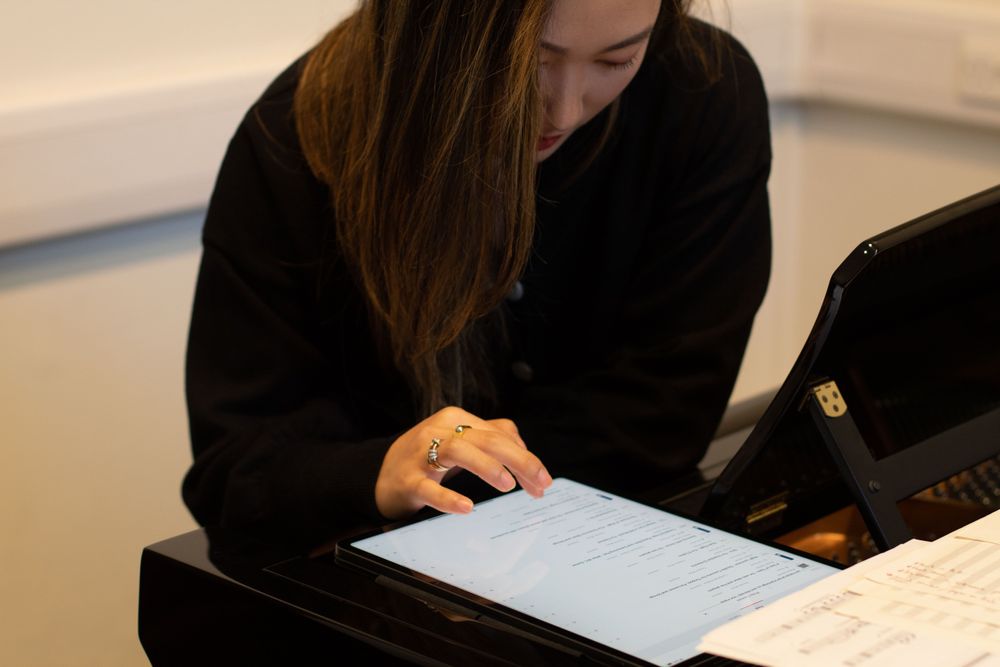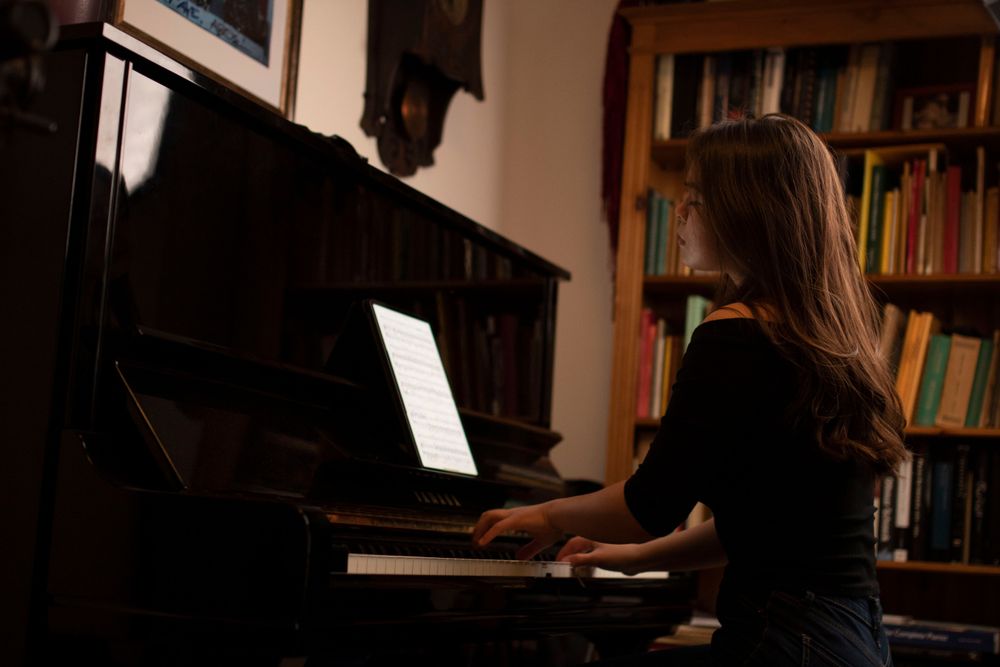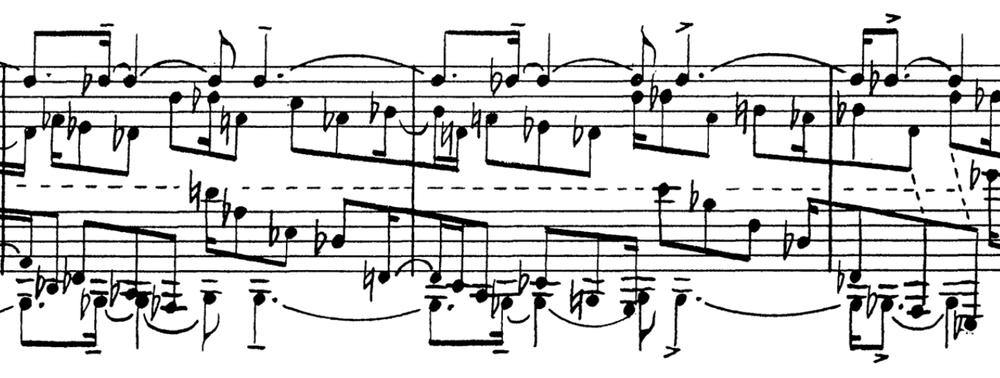If you’re taking up the piano and want to learn to read sheet music for it, this article will tell you everything that you need to know. It offers a guide that will help you acquire the knowledge and skills to make your playing ambitions a reality.
There are a few aspects to learning to read piano sheet music. It involves learning to understand the language of music notation as well as getting to grips with how that notation is used in music written for the piano.
So, we’re going to bear both obstacles in mind as we break the process down into more digestible steps. First, some background.
Same sheet music, different instruments
The majority of piano sheet music utilises Western music notation. This is a language that transcends instruments, functioning more or less in the same way regardless of the instrument in question.
So if you had a piece of sheet music for saxophone and another for violin in front of you, and any references to either instrument were erased, you’d have to know a fair bit about how violins and saxophones work to be able to tell which piece was for which instrument.
But this doesn’t mean that different instruments don’t present different challenges. Far from it. The music itself might be written in the same way, but when it comes to reading and playing it, what each instrument demands of its player is unique.
Sheet music for piano
One of the piano’s demands is for the player to read music written across two staves, on what’s known as a grand staff. That’s two parallel lines of music to be read at the same time. It can be daunting, and many beginners have been put off by it.
This challenge is common to all keyboard instruments, and some others too. At least we’re not taking on the organ - music for that is written on three staves.
Further specifics to take into account with piano sheet music include fingering, pedalling and more. But let’s not get ahead of ourselves. First, we’ll turn to learning to read music notation.
How to read piano sheet music
If you don’t know how to read sheet music, you will soon. Let’s break down music notation into its various parts and examine them one at a time.

